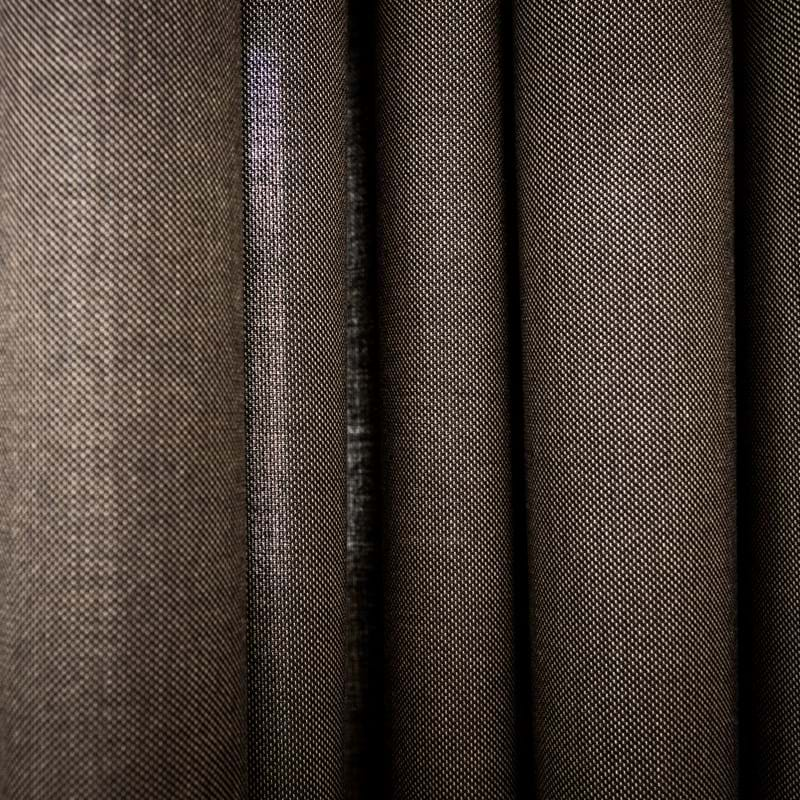When designing a new office, the acoustic environment is relatively low on the priority list. However, it's something that affects employees the most, whether it’s loud or too quiet. Ludvig Svensson has taken a look at common situations today and what we believe should be discussed more.
Designing sounds / A broader perspective on the acoustic environment
How we work and where we do it are undergoing constant change. This is often reflected in the emerging office environments, today characterised by increasingly open office layouts. Common justifications for these open solutions include greater opportunities for spontaneous meetings, natural collaborations, and increased knowledge sharing.
However, one of the biggest challenges that open-plan layouts bring is not discussed as much – the acoustic environment.
What disrupts our work
For many people, the acoustic environment can cause disturbances and difficulties in concentration. Particularly, it's the chatter of colleagues that is perceived as the biggest source of noise disruption. There's also a built-in vicious cycle where disruptive noises lead to stress, which in turn increases sensitivity to noise even more.
In fact, poor acoustic environments are one of the most common workplace issues today.
Problems and solutions in the acoustic environment
So far, the most common solutions to acoustic environment problems have been to reduce disruptive noises through acoustic room design and sound absorbers. In other words, measures focused on removing sound and creating as quiet an environment as possible.
Reading between the lines, we can infer that noise in the workplace is considered inherently bad, and that efforts should be made to combat the noises themselves. This has often resulted in offices becoming too quiet.
What often happens then is that acousticians (or similar professionals) intervene to add sound, to provide less "void" for colleagues' conversations to travel freely in. Because the quieter the office, the more clearly we hear our colleagues, which in turn increases the risk of being disturbed.
A complex interplay
How we are affected by an acoustic environment is both individually and emotionally conditioned, and the acoustic environment is just one part of a larger whole. The acoustic environment arises from an interaction between people, place, and context.
Among the factors that shape the experience are not only how we get along with our colleagues and the workplace itself but also how our different senses interact and "collaborate." Visual impressions, tactile impressions – even smells – influence how we individually perceive and are affected by the acoustic environment.
So, to create spaces where people feel good, work well, and thrive, a holistic perspective on the acoustic environment is required. This perspective enables the creator or the designer to bring together the acoustic and physical aspects of a room alongside the visual, ergonomic, and social factors that affect how the acoustic environment is perceived.
Sustainable work environments
Therefore, we encourage looking at and considering the acoustic environment from a broader perspective. Where multiple angles are explored to foster sustainable work environments and increased well-being. Where the acoustic environment serves both a practical and an aesthetic function, and is not just about damping, reducing, and removing.
A sustainable acoustic environment is tailored to the activities taking place and may not necessarily be completely silent. Rather, it should allow for better meeting individual needs. Designing a work environment simply requires an even better integration of all senses and an understanding that the design of acoustic environments cannot be separated from visual or ergonomic design.
We need to start seeing, feeling AND listening to realise if it sounds good.
The article is written by Martin Ljungdahl Eriksson, a doctoral student in informatics with a focus on work-integrated learning, who is researching the use of sound as a design element to influence experiences and behaviour.

Basic training in sound
A few moments of reading matter about what sound is, how it occurs and how it behaves. For example, why do we hear the bass from the room next door but not the voices?

Acoustic textiles
The benefits of acoustic textiles, tips on how to use them, and reasons why good sound conditions are important.

Read our guide on sound environment
With our concept Designing Sounds, we aim to spread knowledge and inspiration regarding the relationship between the sound environment and visual design. We have developed an inspirational guide on the interplay of the senses and the design of public spaces.